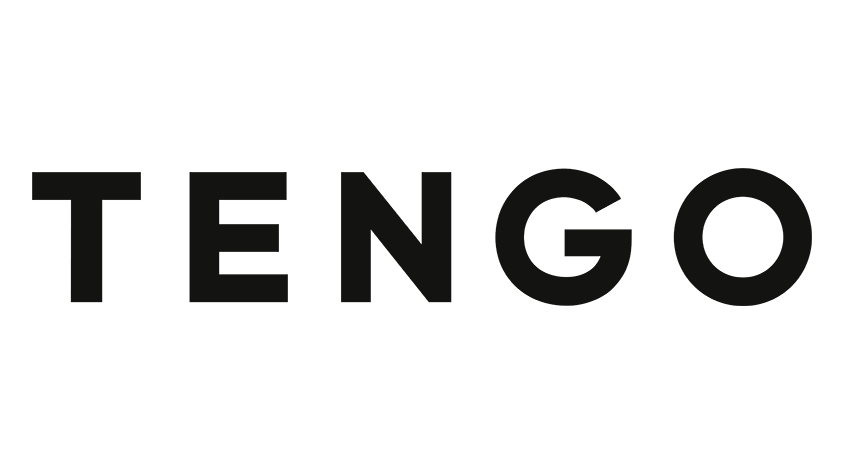How the office became a home, and the home became an office. trends in hybrid work and the new role of design
In 2024, TENGO Group celebrated its 6th anniversary. During this time, we have gained extensive experience in working with commercial interiors — our projects have become legendary and are featured in articles. However, it's worth acknowledging that our focus on home interiors came a bit later.
How did it all begin?
Private projects have always been a part of our work, albeit on a smaller scale — we never put a special emphasis on them. However, with the onset of the COVID-19 pandemic, people began to seriously consider the comfort of their homes, and the demand for home interiors skyrocketed.
As a design studio and employer, we particularly felt the need for creating comfortable and functional home offices, as work processes were changing along with lifestyle.
As a design studio and employer, we particularly felt the need for creating comfortable and functional home offices, as work processes were changing along with lifestyle.



A home office has become the norm today. We’ve helped more than one family set up a fully functional, soundproof workspace right in their own home. Of course, some remnants of the past, like an A4 sheet with "Do not enter! Dad is working" on the door, can still be found.
For many employees, this setup works — it all depends on the position, personality type, and lifestyle. In this case, it is the employer’s and HR's task to help create or provide comfortable conditions for remote work.
Some companies centrally purchase ergonomic chairs and desks for their employees. After all, you can work on a stool for a month or two, but three or four years — probably not.
A home office should help strike a balance between work and personal life.
For many employees, this setup works — it all depends on the position, personality type, and lifestyle. In this case, it is the employer’s and HR's task to help create or provide comfortable conditions for remote work.
Some companies centrally purchase ergonomic chairs and desks for their employees. After all, you can work on a stool for a month or two, but three or four years — probably not.
A home office should help strike a balance between work and personal life.


With expertise in both home and commercial design, at TENGO we achieve strong synergy.
The post-COVID office has set new standards for us in designing and renovating spaces: the main task became creating an environment where employees would feel confident in their safety and health.
The methods are likely familiar to you: floor markings, increased distance between workstations, protective partitions, touchless hand sanitizers with disinfectants, and much more.
Today, these requirements are being replaced by a new concept — the hybrid office.
The post-COVID office has set new standards for us in designing and renovating spaces: the main task became creating an environment where employees would feel confident in their safety and health.
The methods are likely familiar to you: floor markings, increased distance between workstations, protective partitions, touchless hand sanitizers with disinfectants, and much more.
Today, these requirements are being replaced by a new concept — the hybrid office.


For many organizations, the primary task today has become getting employees back to the office after several years of remote work.
And it's no longer just about control or simplifying team communication. Psychologists are increasingly focusing on mental health and socialization issues.
The effects of prolonged isolation are noticeable: cases of depression, feelings of loneliness, alcohol problems, and weight gain have increased. Returning to the office environment helps many cope with these challenges and restore a familiar rhythm of life.
And it's no longer just about control or simplifying team communication. Psychologists are increasingly focusing on mental health and socialization issues.
The effects of prolonged isolation are noticeable: cases of depression, feelings of loneliness, alcohol problems, and weight gain have increased. Returning to the office environment helps many cope with these challenges and restore a familiar rhythm of life.

As experts in office design, we constantly monitor trends, study research, and attend exhibitions and conferences around the world.
Each year, we design over 20,000 m² of office spaces, which gives us the opportunity to observe market development and confidently highlight current trends.
The most popular adjective used today to describe the style of a modern office is "home-like." Companies are striving to create an atmosphere of coziness and comfort for employees, so that the workspace feels easy-going and slightly informal — almost like home.
Each year, we design over 20,000 m² of office spaces, which gives us the opportunity to observe market development and confidently highlight current trends.
The most popular adjective used today to describe the style of a modern office is "home-like." Companies are striving to create an atmosphere of coziness and comfort for employees, so that the workspace feels easy-going and slightly informal — almost like home.
Office interiors have entered the home, and home interiors have entered the office.
The hybrid work format has reduced the need for endlessly cramming office spaces with workstations. Now, employees can alternate: two days working from home, three days from the office, or vice versa.
Work desks are no longer assigned to specific individuals — they are reserved for the needed time.
Work desks are no longer assigned to specific individuals — they are reserved for the needed time.

Companies are finding savings by optimizing space and are increasingly dedicating a larger portion of the office to relaxation and communication areas for employees.
Internal coworking spaces, meeting rooms, game rooms, working lounges, informal agile corners, and stand-up zones today can occupy up to 40% of office spaces.
Internal coworking spaces, meeting rooms, game rooms, working lounges, informal agile corners, and stand-up zones today can occupy up to 40% of office spaces.


So, what does the shift to a more hybrid lifestyle and work model mean for office spaces, amenities, neighborhoods, and cities?
The hybrid format affects not only offices and homes — public spaces are increasingly becoming part of this ecosystem. Coffee shops, libraries, parks, and other "third places" are becoming an important part of the new work scenario.
People want the ability to calmly take a call from a café, connect to Wi-Fi in a park, or spend a couple of weeks working from a cabin in the woods — all while ensuring that productivity and work quality do not suffer.
People want the ability to calmly take a call from a café, connect to Wi-Fi in a park, or spend a couple of weeks working from a cabin in the woods — all while ensuring that productivity and work quality do not suffer.

